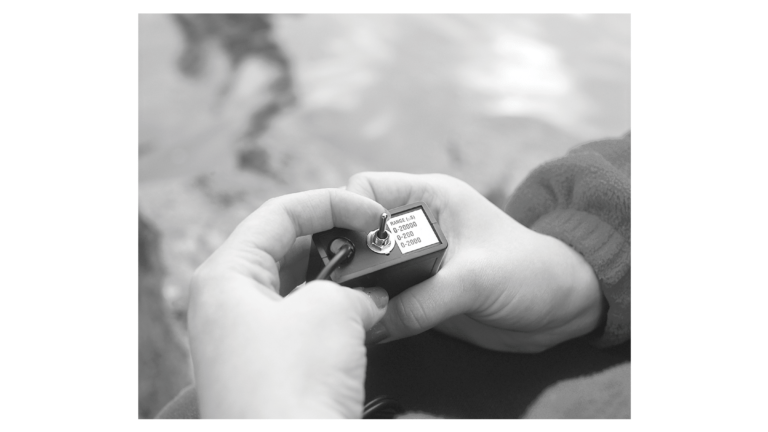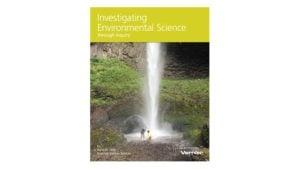Soil Salinity
Experiment #9 from Investigating Environmental Science through Inquiry
- Subject
- Environmental Science

Introduction
Soil salinity is a measure of the saltiness of the soil. Many plants have trouble growing in soil that contains too much salt. High soil salinity makes it more difficult for plants to get water from the soil and can interfere with their obtaining the proper nutrients. The table below provides a general idea of the effect salinity has on plants.
Soil can become saline by the natural weathering of minerals, irrigation, or run-off from salted roads. Poor drainage and hot, dry weather also contribute to the build-up of salt in the soil. Sodium chloride, NaCl, is the most common salt, but others such as calcium chloride, CaCl2, and magnesium sulfate, MgSO4, are often present as well.
Soil salinity is determined by measuring the electrical conductivity of a soil-water mixture. The higher the salinity of the soil, the higher the conductivity of this mixture will be.
Objectives
In the Preliminary Activity, you will gain experience using a Conductivity Probe and learn soil salinity measuring technique as you determine the salinity of a soil sample. Soil salinity is commonly reported in units of dS/m, deciSiemens per meter.
After completing the Preliminary Activity, you will first use reference sources to find out more about soil salinity before you then choose and investigate a researchable question.
Sensors and Equipment
This experiment features the following sensors and equipment. Additional equipment may be required.
Ready to Experiment?
Ask an Expert
Get answers to your questions about how to teach this experiment with our support team.
- Call toll-free: 888-837-6437
- Chat with Us
- Email support@vernier.com
Purchase the Lab Book
This experiment is #9 of Investigating Environmental Science through Inquiry. The experiment in the book includes student instructions as well as instructor information for set up, helpful hints, and sample graphs and data.


